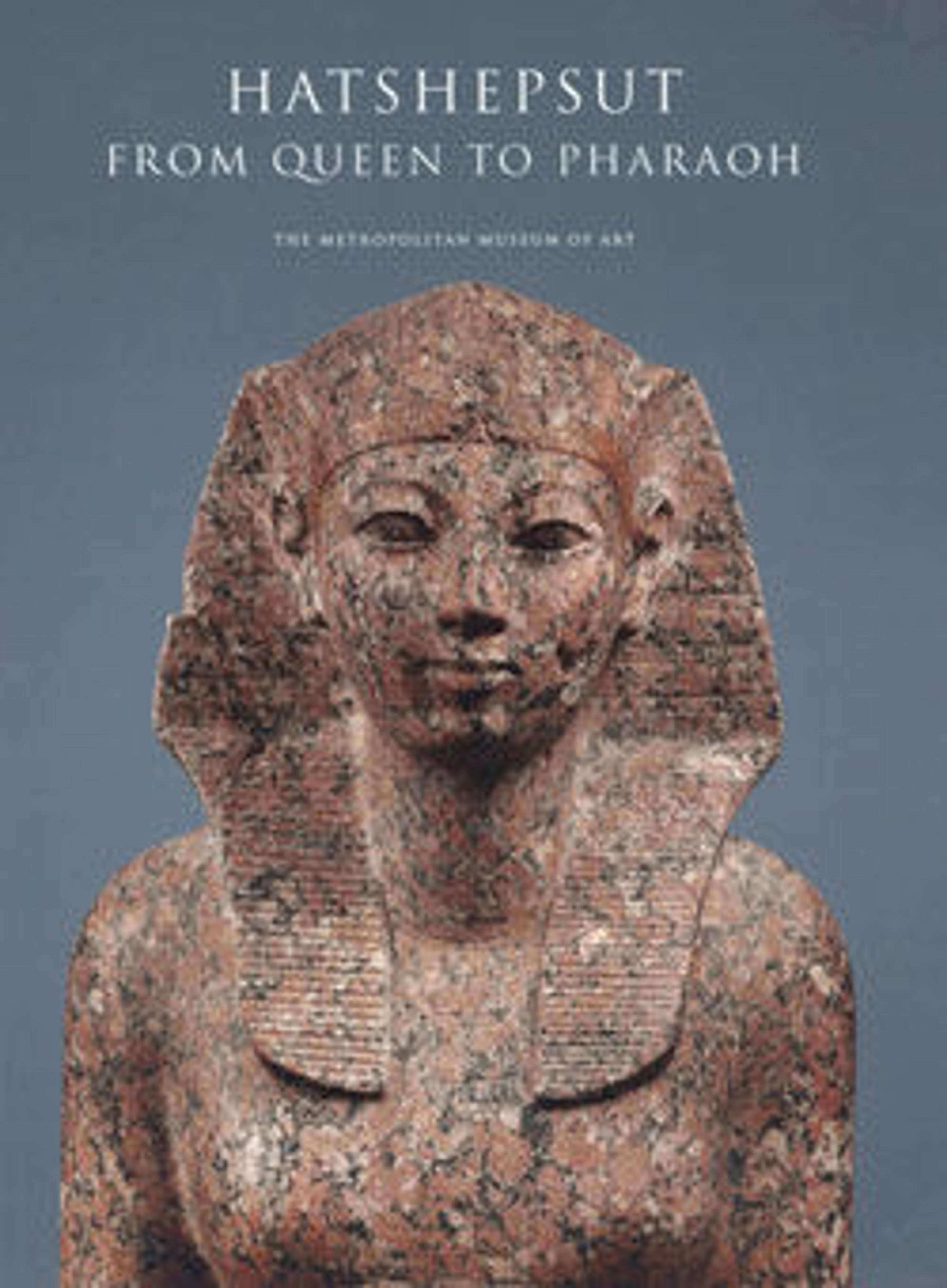Shabti of Seniu
The shabti of the chief steward and scribe Seniu is a particularly fine example of this type of funerary figurine from the early New Kingdom. It is inscribed with the spell ensuring that the shabti will perform certain kinds of labor for the deceased in the afterlife. This work included maintenance of irrigation canals, and cultivation of the fields.
The shabti was discovered during excavations by the Museum's Egyptian Expedition. It had been broken and mended in antiquity suggesting that it was valued by its owner.
The shabti was discovered during excavations by the Museum's Egyptian Expedition. It had been broken and mended in antiquity suggesting that it was valued by its owner.
Artwork Details
- Title:Shabti of Seniu
- Period:New Kingdom
- Dynasty:Dynasty 18, early
- Reign:reign of Amenhotep I–Thutmose III
- Date:ca. 1525–1504 B.C.
- Geography:From Egypt, Upper Egypt, Thebes, Royal Cache Valley, radim near Cliff Tomb (MMA 1021), MMA excavations, 1918–19
- Medium:Glazed steatite, paint
- Dimensions:H. 27.3 cm (10 3/4 in.); W. 8 cm (3 1/8 in.); D. 5 cm (1 15/16 in.)
- Credit Line:Rogers Fund, 1919
- Object Number:19.3.206
- Curatorial Department: Egyptian Art
More Artwork
Research Resources
The Met provides unparalleled resources for research and welcomes an international community of students and scholars. The Met's Open Access API is where creators and researchers can connect to the The Met collection. Open Access data and public domain images are available for unrestricted commercial and noncommercial use without permission or fee.
To request images under copyright and other restrictions, please use this Image Request form.
Feedback
We continue to research and examine historical and cultural context for objects in The Met collection. If you have comments or questions about this object record, please contact us using the form below. The Museum looks forward to receiving your comments.
